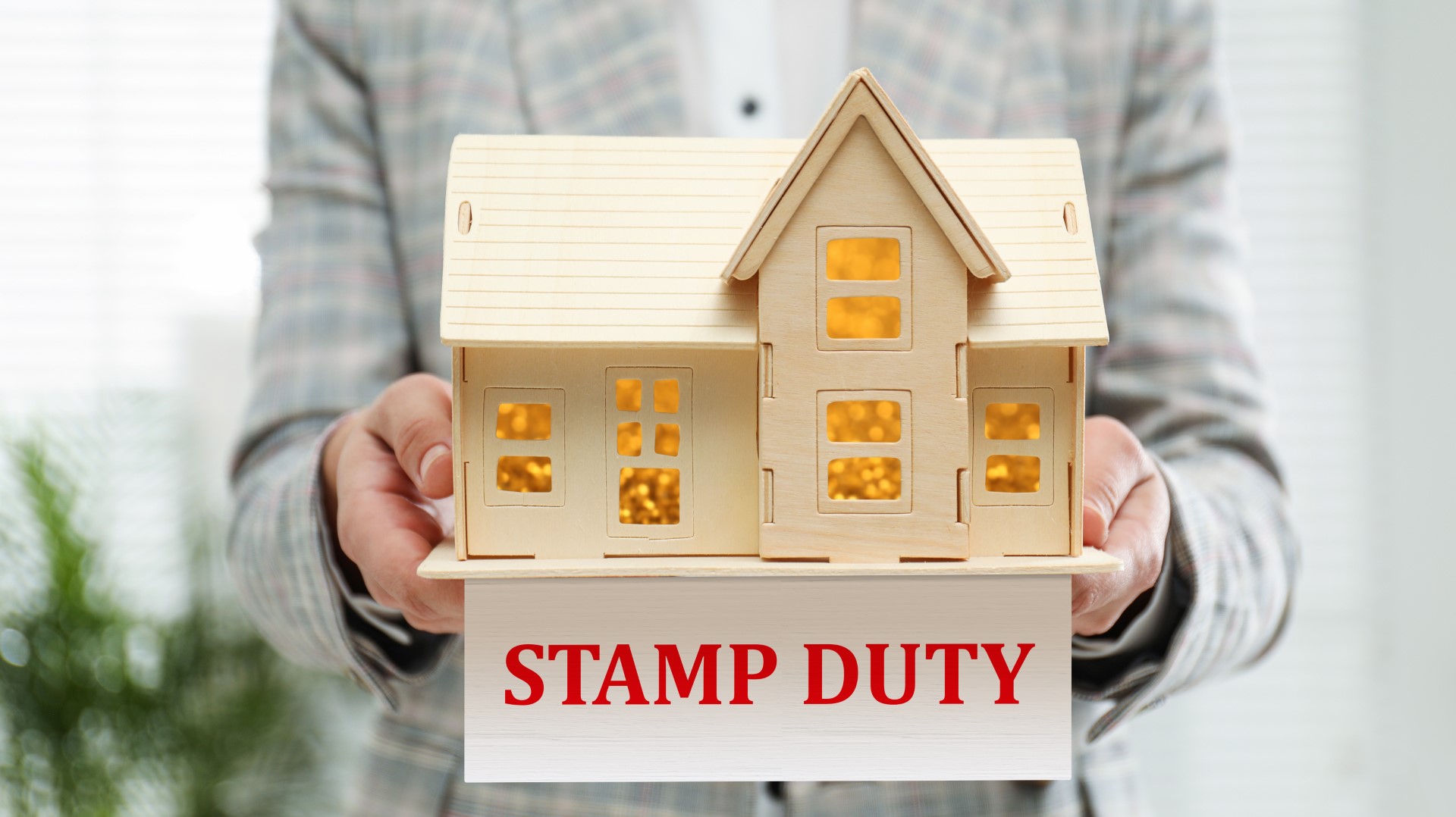THOUSANDS of buyers could benefit from the Stamp Duty cut today.
The Chancellor yesterday slashed stamp duty rates (SDLT), saving the average buyer in England £2,500 in tax on their property purchases. This now means 47% of purchasers will no longer pay any SDLT, compared to just 12% who didn’t pay SDLT when the nil-rate band was £125k.
The Chancellor has doubled the nil-rate stamp duty band from £125,000 to £250,000 in England and Northern Ireland. This means an extra 200,000 buyers will pay no stamp duty whatsoever.
It also means that a third of all homes currently for sale in England are now exempt from stamp duty, according to property website Rightmove. Here’s all you need to know…
What is Stamp Duty?
Stamp Duty is the tax that must be paid when you purchase a property or a piece of land. The amount of money payable duty depends on the overall price of the property as well as factors like whether it is residential or non-residential and whether or not you are a First Time Buyer.
How much will first time buyers save in tax?
There’s more great news for first time buyers. The old threshold at which stamp duty was paid for first-time buyers was £300,000 but this has increased to £425,000. The Chancellor has also increased the value of the property on which first time buyers can claim relief, from £500,000 to £625,000.
The changes come into effect immediately. The changes to the first-time buyer rates will really help buyers, and also give a saving of £2,500 for all for purchases over £250,000.
If the property was worth between £125,001 and £250,000, the stamp duty land tax rate was 2%. So if the property was valued at £250,000, you would have had to pay an extra £2,500 in stamp duty tax.
For the next £675,000, the rate was 5%. If the property you are purchasing was valued between £250,001 and £925,000 bracket, the buyer will not pay any stamp duty on the first £125,000 but would have paid a 2% rate on the next £125,000 and a 5% rate on the following £675,000.
First-time buyers in England and Northern Ireland were always required to pay stamp duty. However, it didn’t apply to the first £300,000 of a main residential property if it costs less than £500,000.
Are there any changes that landlords should be aware of ?
Mr Kwarteng did not announce any changes to the remaining tax bands and he didn’t announce any changes to the additional homes surcharge, so that will remain at three percentage points.
Details provided by Barstow Evevs : https://tinyurl.com/3nk79mjp








